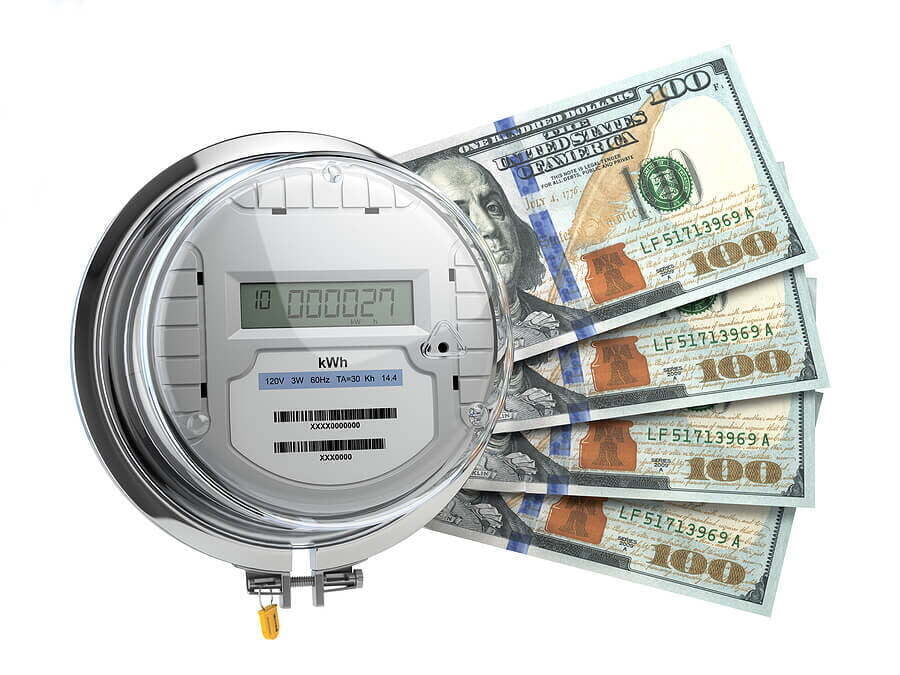Electric Storage, Demand Response, & More
Self-proclaimed thought leaders often tout the wonders of passive income, but they're usually referring to real estate, affiliate advertisements, or dividend stocks. As it turns out, commercial and industrial facility leaders can take advantage of passive income from their electricity, too. It just looks a little different.
If You Operate In These 13 States, Look to the PJM Capacity Market
Facilities located in one of 13 states including Pennsylvania may know about PJM Interconnection, a regional transmission organization (RTO) that coordinates wholesale electricity.
PJM services all or some of these states:
- Delaware
- Illinois
- Indiana
- Kentucky
- Maryland
- Michigan
- New Jersey
- North Carolina
- Ohio
- Pennsylvania
- Tennessee
- Virginia
- West Virginia
- Washington D.C.
- Emergency demand response
- Economic demand response
- On-call reserves
We'll dig more into each of these options below. For all three categories, capacity payments are based on the PJM Reliability Pricing Model (RPM), which an energy broker can help you understand.
There are other RTOs, but using PJM as a launching pad is a great way to exemplify the possibilities for revenue from the grid.
Emergency Demand Response
PJM requires customers to be available for emergency demand response. Mandatory compliance lasts from June 1–Sept 30 each year, which is the most pressing time for energy demand. When called upon to curtail energy, a customer receives an incentive payment.
PJM will call upon customers a maximum of 10 times per year, but the average number of times is 1–5. Facilities are notified 30 minutes in advance of curtailment, and the event lasts from 1–6 hours.
Economic Demand Response
Unlike the emergency demand response program we just discussed, economic demand response through PJM is voluntary. This is a great opportunity to bring in revenue from the energy grid. Customers can only reduce their load when market energy rates exceed wholesale prices (which means the overall prices are high). An energy consultant can stay on top of things to bid for your facility a day ahead or at a moment's notice.
Compensation for economic demand response depends on the circumstances (like the customer doing the bidding and the current energy rates). PJM accepts bids that exceed the Net Benefits Test.
Synchronized Reserves
This is a year-round program for short notice curtailment. Bids can come in at any hour, but you have to be available for energy load reduction within 8 minutes of notification.
Usually, this type of on-call curtailment only lasts 15–30 minutes (or less). Your compensation depends on the season, time, and location. Based on the timeline, it's not for everyone—but for those who can swing it, it's a solid option for revenue.
Energy Arbitrage
Energy arbitrage refers to buying (or charging) energy when prices are low and selling (or discharging) energy when prices are high.
In short, you're buying during times of low demand to get the best prices and selling during times of peak demand to incur a greater return. Timing the market is tricky, but an energy consultant can help you here as well.
Electrical Energy Storage
Electric storage at industrial and commercial facilities helps companies weather market fluctuations. You can rely on stored energy when grid rates rise. On the contrary, dips in grid rates give you the chance to purchase energy for present and future use.
Developing a grid storage system is essential for larger operations (and even helpful for small to midsize ones). If you have on-premise solar, you can even develop your own sort of microgrid. Of course, it won't be at scale like typical microgrids—but it can help to generate power in an outage or fill in gaps during RTO-led energy curtailment.
Energy Efficiency Projects
Energy efficiency (EE) projects differ from demand response in one key way. EE projects reduce energy usage permanently while demand response is just temporary.
However, EE projects are also eligible for RPM capacity payments. At the same time, they may make you eligible for carbon credits, depending on your state and region. You can hold onto these credits for future use or sell them to other companies who need them. In September 2020, Pennsylvania took the next step toward joining a regional cap-and-trade program called Regional Greenhouse Gas Initiative (RGGI). The move is still underway but, according to the Department of Environmental Protection, could be instituted as soon as 2022 if the vote passes.
ENERGY EFFICIENCY CHECKLIST
Check out this checklist for energy optimization tips to implement in your facility.
Alternative Fuel Incentives + More
Companies often don't realize that they have access to government incentives specifically designed to benefit the public good. For example, US federal incentives include:
- Second Generation Biofuel Plant Depreciation Deduction Allowance (which just expired on December 31, 2020 but may be retroactively extended)
- Alternative Fuel Infrastructure Tax Credit
- Alternative Fuel Tax Exemption
- Biodiesel and Ethanol Infrastructure Grants
- Fuel Cell Motor Vehicle Tax Credit (these and other vehicle-based incentives are relevant for companies with fleets)
- Improved Energy Technology Loans
- & more
States have unique fiscal incentives as well for alternative fuels and green energy. It's worth contacting an energy broker who knows the ins and outs at both state and federal levels and can hook you up with relevant programs.
Energy Procurement in Pennsylvania (the Smart Way)
When working with an energy broker, it's important to find someone who understands your region. This comes in handy when it's time to compare offers, renew contracts, and make the most of a shifting market.
Whether you prefer a fixed or structured energy contract, there are ways to help you offset costs through electric storage, demand response, and more. This means you won't have to work quite as hard to get where you want to go—and that's worth its weight in energy.
All things considered, it's tricky to unearth all available revenue sources from the grid. Contact A1 Energy with any questions about ramping up revenue for your commercial or industrial business.


